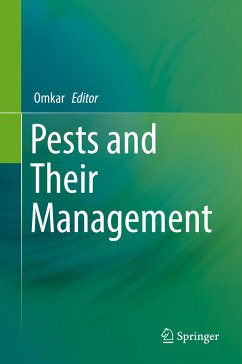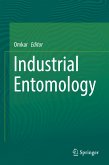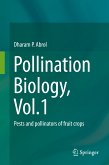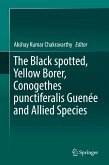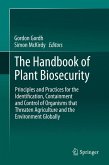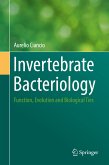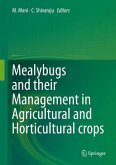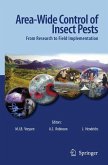This book comprehensively compiles information on some of the major pests that afflict agricultural, horticultural and medicinal crops in particular as well as many polyphagous pests. Not only does this book deal with the pests of common globally produced crops it also addresses those of rarely dealt with crops such as seed spices, medicinal and aromatic plants. While the perspective of insect pests is largely Indian and South East Asian in context, the book does deal with globally problematic pests, particularly polyphagous ones. Not only will the readers be acquainted with the pests, their damaging potential and their life cycle but also with the latest methods of managements including ecofriendly measures being employed to keep pest populations at manageable levels. The 27 chapters in the book, are grouped into four sections primarily based on crop types, viz. pest of agricultural, horticultural and medicinal crops, and polyphagous pests, making the book easy to navigate. Each of the chapters is comprehensive and well illustrated and written by academicians who have dedicated their entire lives to the study of a particular crop-pest complex. The final chapter of this book provides an overview on the principles and processes of pest management.
Dieser Download kann aus rechtlichen Gründen nur mit Rechnungsadresse in A, B, BG, CY, CZ, D, DK, EW, E, FIN, F, GR, HR, H, IRL, I, LT, L, LR, M, NL, PL, P, R, S, SLO, SK ausgeliefert werden.
Hinweis: Dieser Artikel kann nur an eine deutsche Lieferadresse ausgeliefert werden.

